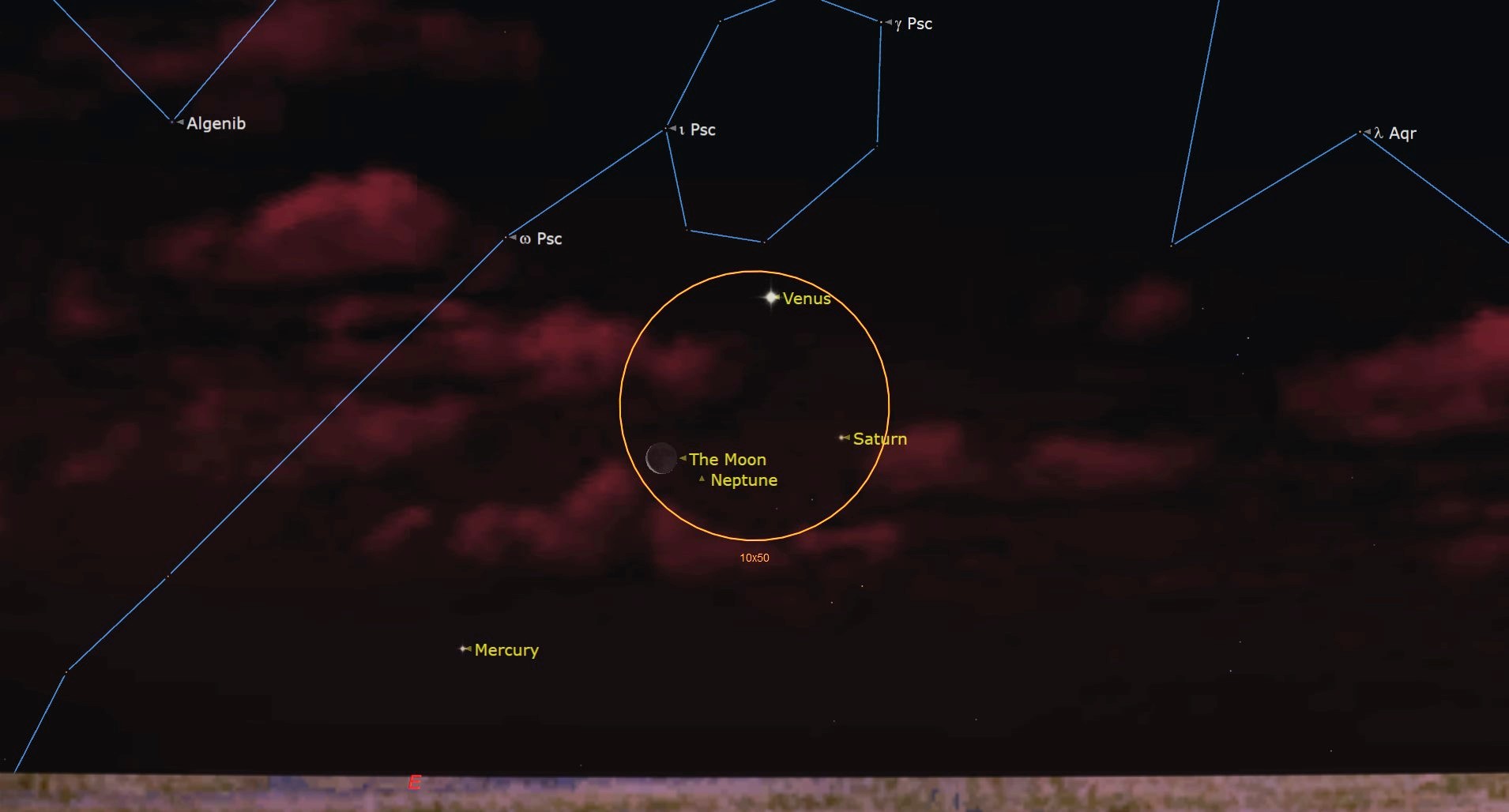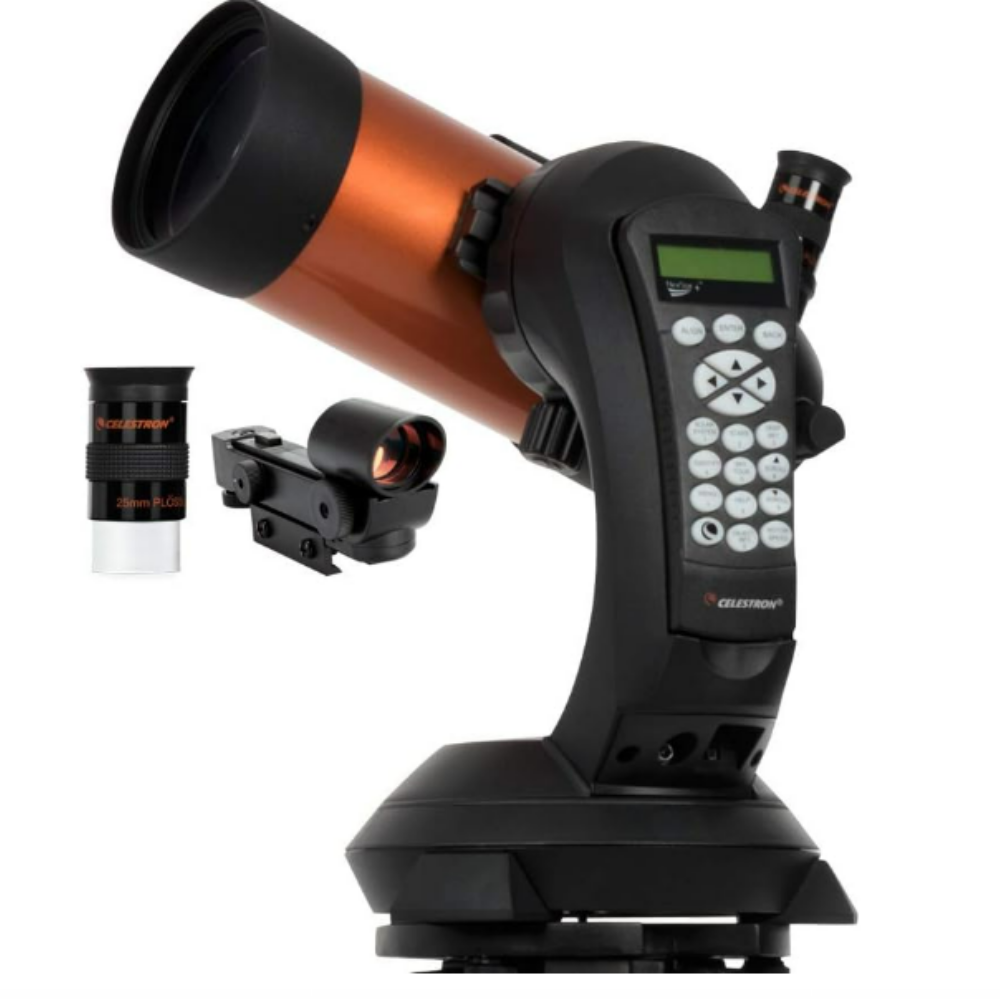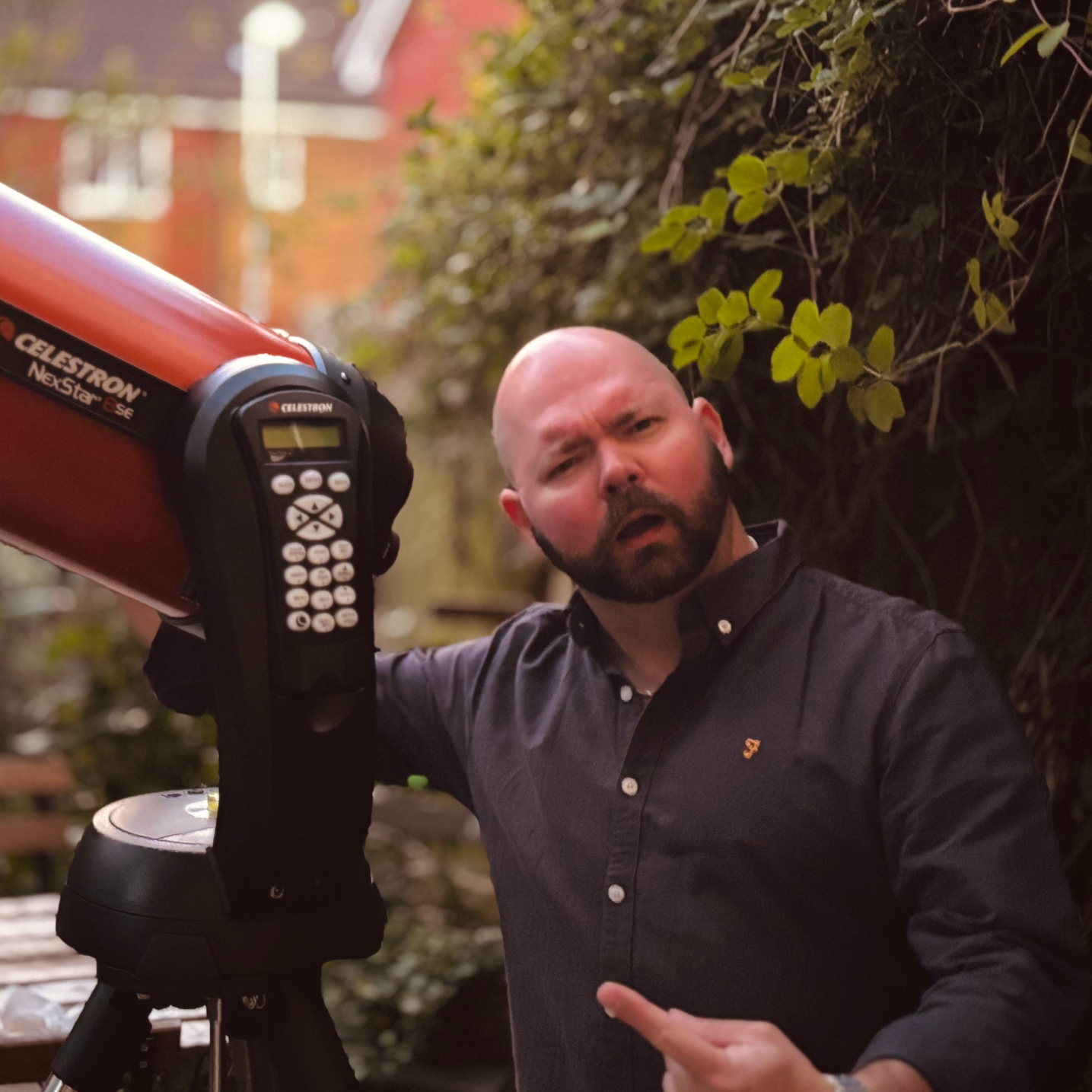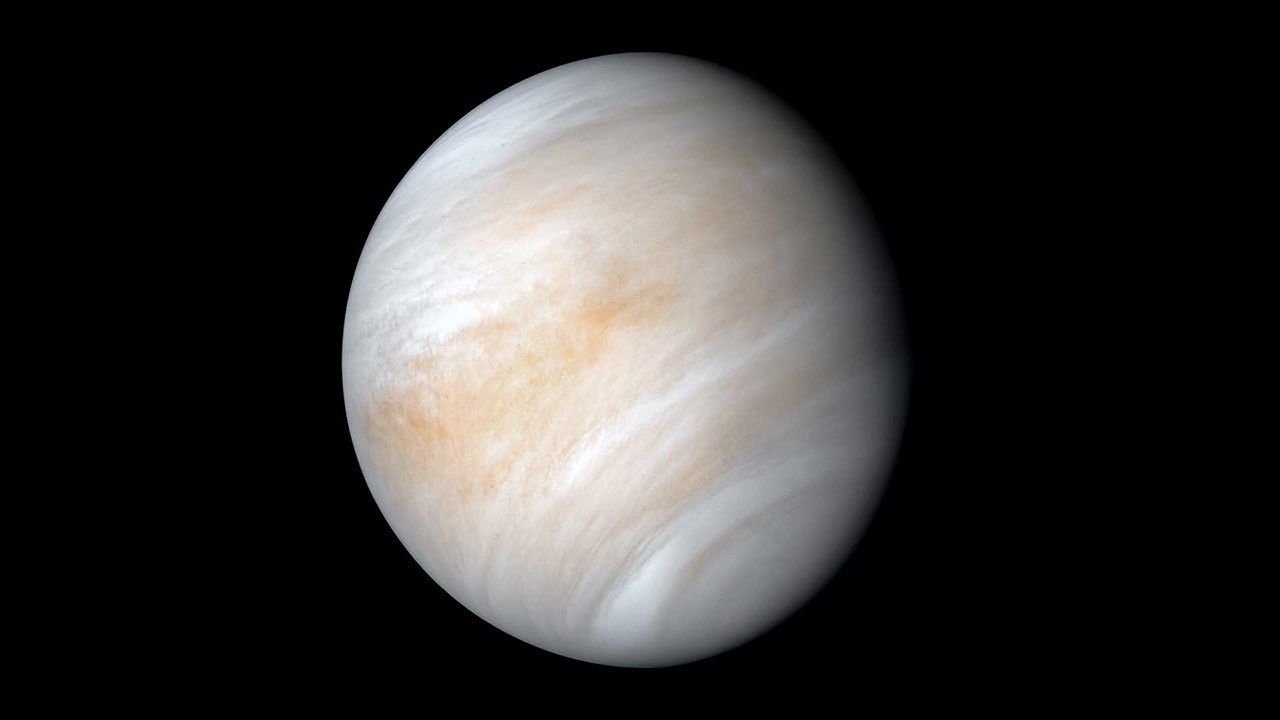See a cosmic 'smiley face' in the early morning sky as the moon greets Saturn and Venus tomorrow
Nobody knows it, but the universe has a secret smile, and it uses it only for Earth.

Do you ever feel like the universe is smiling down on you? Well, in the predawn hours of April 25 it literally will be thanks to a double conjunction that will see Saturn, Venus and the moon combine to form a grinning face in the predawn sky.
To spot the celestial 'smiley face,' skywatchers in the U.S. will need a clear view of the eastern horizon in the hour leading up to sunrise on April 25. Look to the eastern sky and find Venus, visible as a bright magnitude -4.43 'morning star' close to the horizon. Saturn will rise about 20 minutes later to the lower right of Venus, while the barely-lit thin crescent moon will appear to the left of the ringed gas giant.
Once it rises high enough to be seen, this cosmic smiley face will appear to be tilted to the right by around 45 degrees relative to the horizon, with Venus and Saturn forming the unblinking eyes of the celestial visage. Earth's moon, meanwhile, will form the impish smiling mouth of the face, appearing as a waning crescent ahead of its impending new moon phase on April 27.

Do you want to explore the night sky but you're not sure where to start? The Celestron NexStar 4SE is ideal for beginners wanting quality, reliable and quick views of celestial objects. For a more in-depth look why not check out our Celestron NexStar 4SE review.
While the moon and Venus will be easily visible to the unaided eye, Saturn may prove to be more of a challenge, owing to its relatively low brightness (magnitude 1.20) and its low position on the horizon, which will cause it to be lost to the sun's glare as dawn approaches. On that note, viewers must be vigilant as always to never look in the vicinity of the sun with the naked eye.
However, if you are able to head out and spot the grinning face, you will have seen a celestial arrangement that is uniquely visible from Earth, and which cannot be seen from any other spot in the universe.
It may also be possible during the event to make out prominent features on the lunar surface that aren't directly illuminated by the sun's light. This is thanks to a phenomenon known as "Earthshine", which occurs for a few days around the new moon phase when our planet bathes its closest companion in reflected light.
Mercury will also become visible close to the horizon in the eastern sky around half an hour after the moon rises, while Neptune - which is too faint to spot with the unaided eye - can be found approximately 1 degree to the right of the moon’s shadow-drenched disk in the morning sky (remember: the width of your fist at arm's length equals about 10 degrees in the sky). You'll need a clear, unobstructed view of the eastern horizon to see them just before the sun rises.
Breaking space news, the latest updates on rocket launches, skywatching events and more!
Want to take your own photos of celestial events such as these? Our guides on the best cameras for astrophotography and best lenses for astrophotography can also help you prepare to capture the next skywatching sight. For helpful tips, see our guides on how to photograph the moon and how to photograph the planets.
Editor's note: If you head out to snap a photo of the celestial smiling face and want to share it with our readers at Space.com, please email it to spacephotos@space.com
Join our Space Forums to keep talking space on the latest missions, night sky and more! And if you have a news tip, correction or comment, let us know at: community@space.com.

Anthony Wood joined Space.com in April 2025 after contributing articles to outlets including IGN, New Atlas and Gizmodo. He has a passion for the night sky, science, Hideo Kojima, and human space exploration, and can’t wait for the day when astronauts once again set foot on the moon.
You must confirm your public display name before commenting
Please logout and then login again, you will then be prompted to enter your display name.
